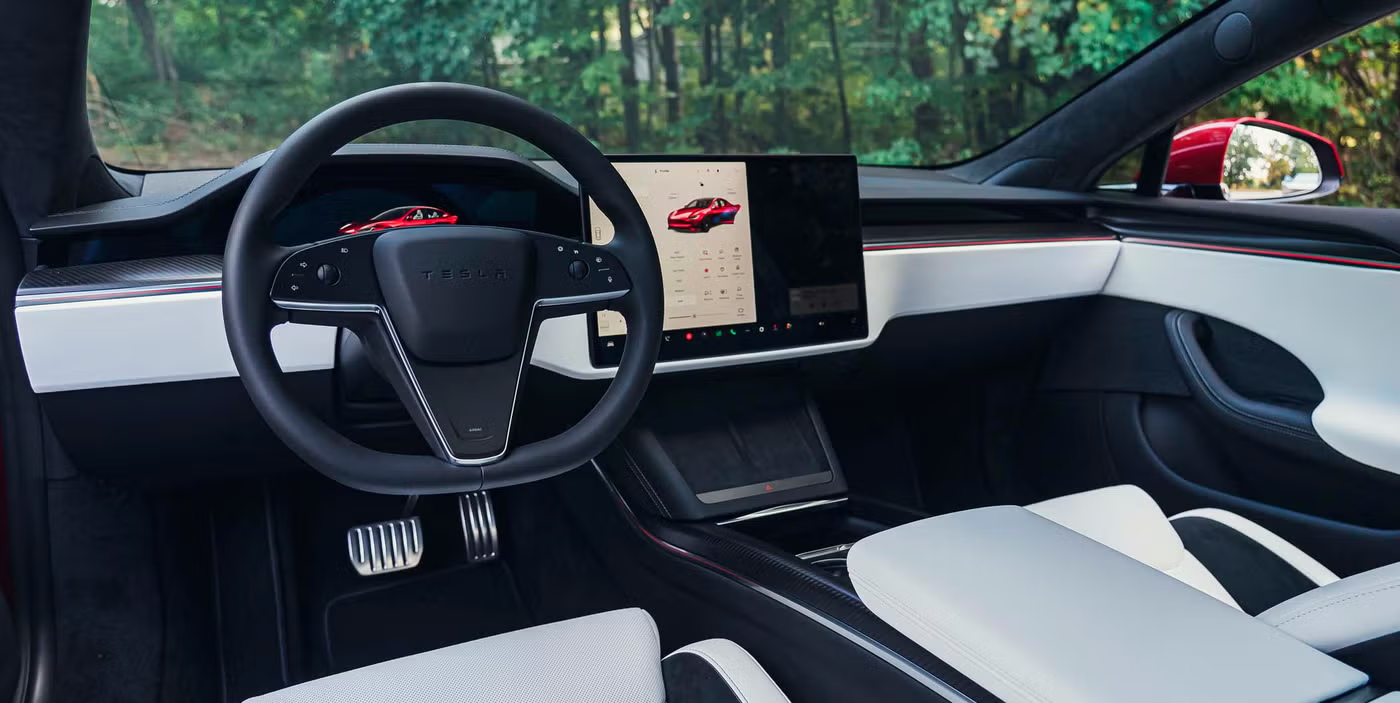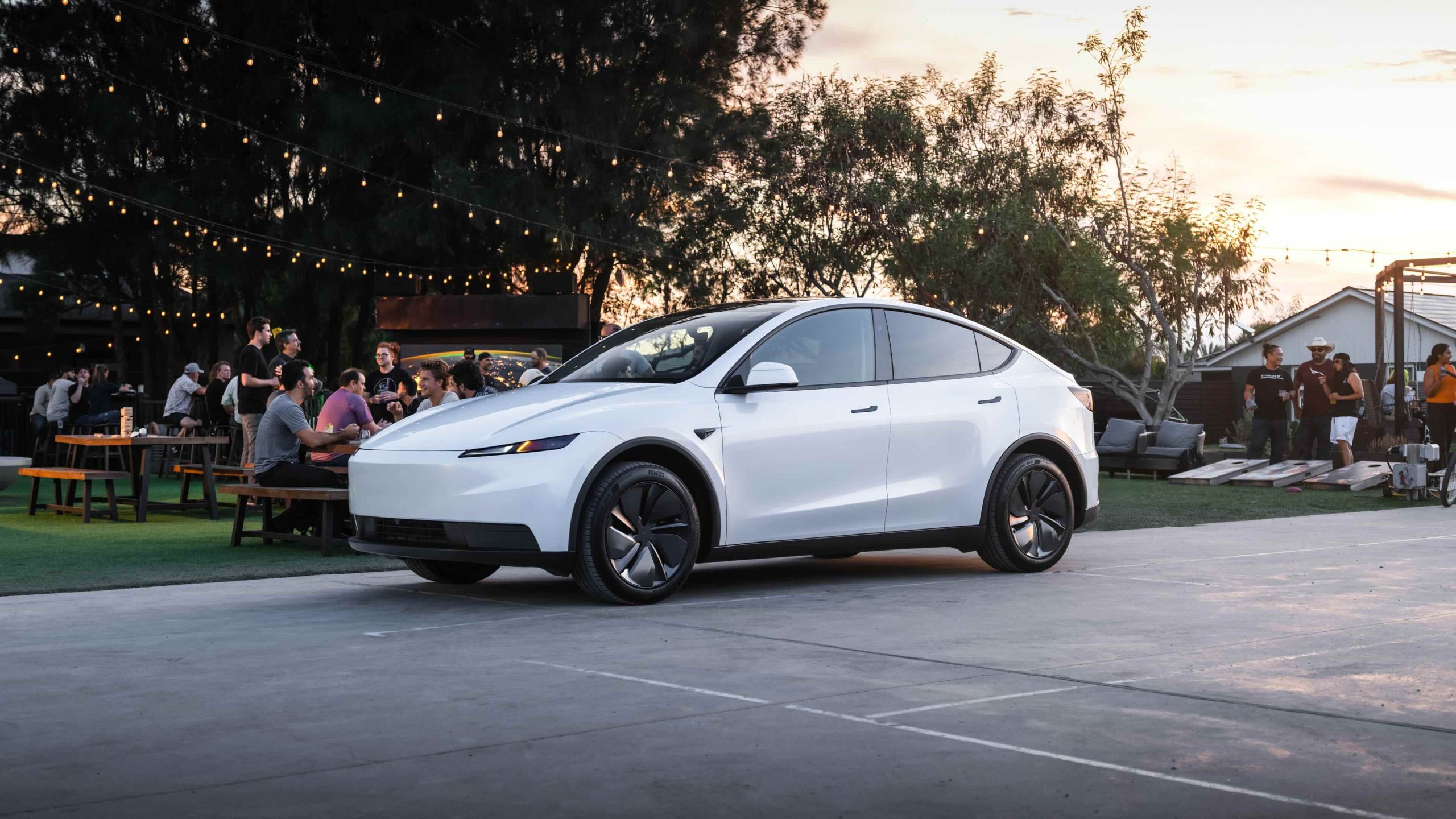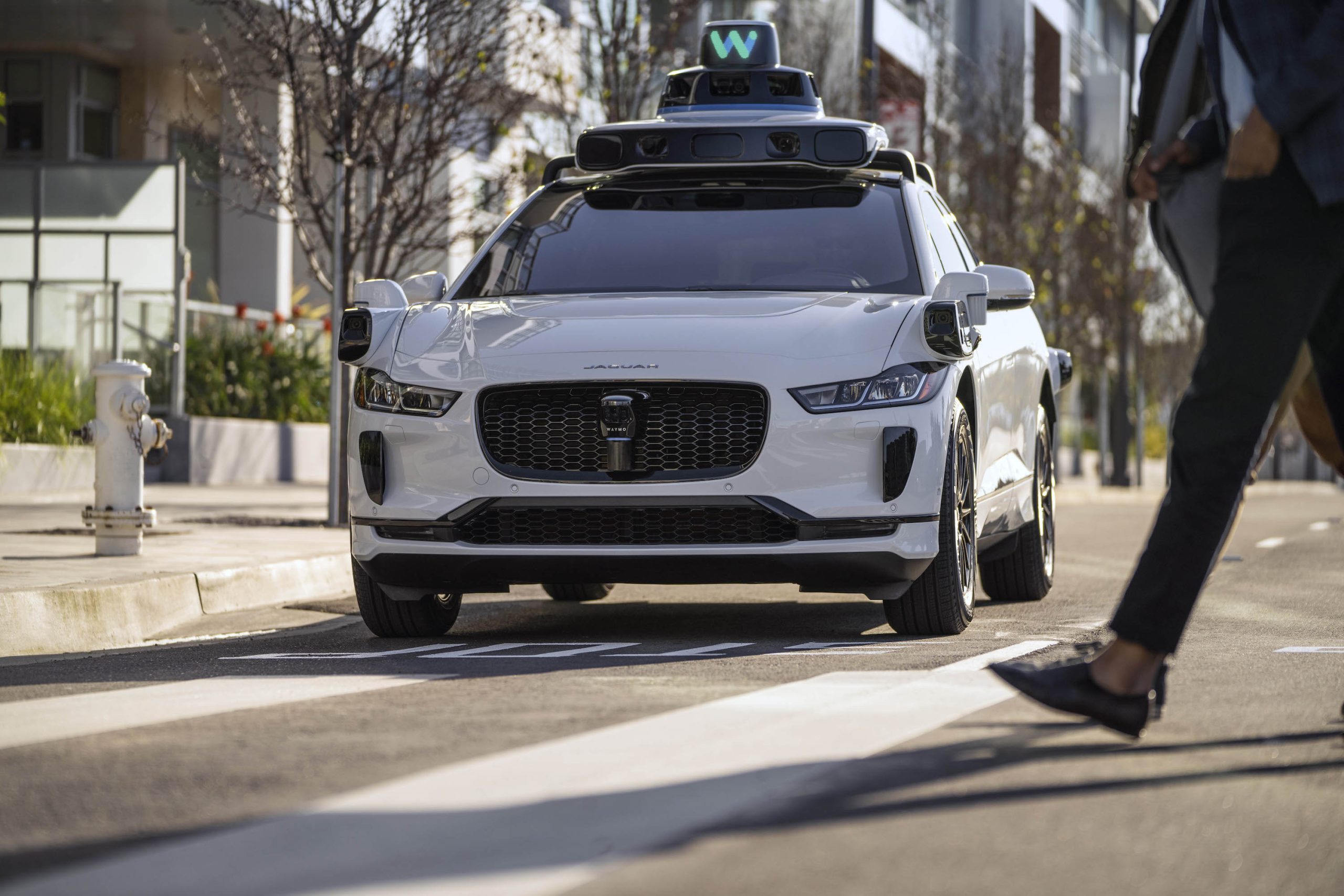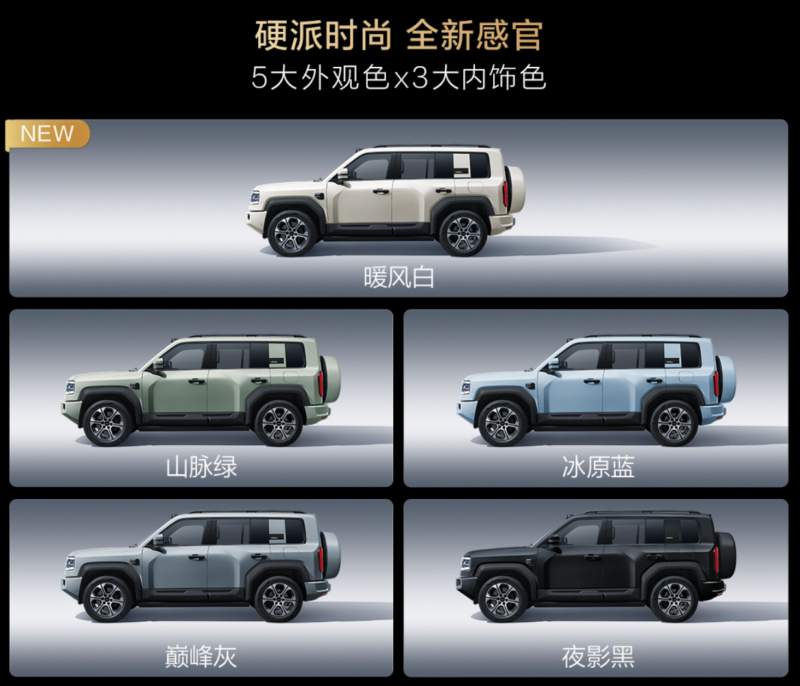Tesla Introduces New FSD Feature to Address Camera Condensation Issues
Covers infotainment, ADAS and software updates. Daily: Hyundai Ioniq 5. Project car: NB Miata with a homebrew CarPlay retrofit.
Tesla has rolled out a significant update in its Full Self-Driving (FSD) software, aiming to address a longstanding complaint from its user base. The update, part of the v14.1.3 release, introduces an automatic cleaning feature for the critical front-facing camera, which has been affected by condensation and debris, impacting the availability and functionality of Tesla's autonomous driving capabilities.
Tesla's reliance on camera-based technology for its autonomous driving suite, known as Tesla Vision, has been both a hallmark and a point of contention since its inception. Unlike many competitors who integrate sensors alongside cameras, Tesla has opted to streamline its hardware, focusing solely on camera data for the vehicle's operational insights. This approach, championed by CEO Elon Musk, has led to the development of what is considered one of the most sophisticated semi-autonomous driving systems in the U.S. However, the system's dependence on cameras means that visibility issues, such as those caused by dirt or condensation, can significantly impair its performance.
The issue of camera obstruction has been particularly troubling for the front-facing camera located at the top of the windshield—a critical component for Tesla's FSD operations. Owners have reported instances where condensation or debris accumulation has reduced the camera's effectiveness, thereby affecting the availability of the FSD feature during drives. To combat this, Tesla's latest software update introduces an automatic narrow field washing mechanism. This feature enables the vehicle to self-clean the front camera, enhancing visibility without requiring manual intervention from the driver.
The introduction of this automatic cleaning feature underscores Tesla's commitment to enhancing its vehicles through software innovations. The update not only resolves a specific complaint from Tesla owners but also highlights the company's ability to improve and extend the functionality of its vehicles post-purchase—an advantage that sets Tesla apart in the automotive industry. The feature is designed to activate when the vehicle detects a visibility issue, ensuring continuous and reliable FSD performance.
In addition to addressing the camera cleaning issue, Tesla's FSD v14.1.3 update is part of a broader rollout aimed at refining the overall autonomous driving experience. Over recent weeks, Tesla has been gradually expanding the availability of its new FSD version, initially targeting members of the Early Access Program. The update includes other enhancements, such as resolving a brake stutter problem and introducing the Mad Max Speed Profile, which allows for more aggressive driving behavior in certain scenarios.
The rollout of FSD v14.1.3 is not without its limitations, however. While the update is being made widely available across various Tesla models, including Model S, Model X, Model 3, and Model Y, it has yet to be extended to the Cybertruck. Tesla has acknowledged this exclusion, attributing it to ongoing development and testing processes specific to the Cybertruck's unique design and capabilities.
The swift deployment of FSD v14.1.3, with its multiple iterations in a short span, indicates Tesla's proactive approach to addressing user feedback and improving its technology. As Tesla continues to refine its autonomous driving software, the company remains at the forefront of innovation in the automotive sector, continually enhancing its offerings through strategic updates and technological advancements.
About Noah Stein
Covers infotainment, ADAS and software updates. Daily: Hyundai Ioniq 5. Project car: NB Miata with a homebrew CarPlay retrofit.



